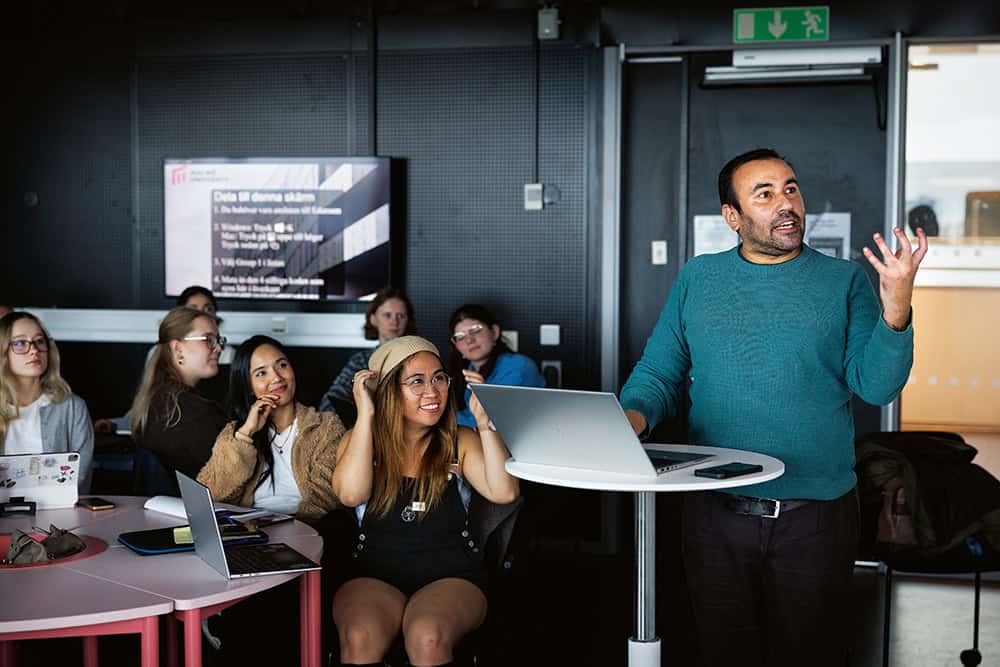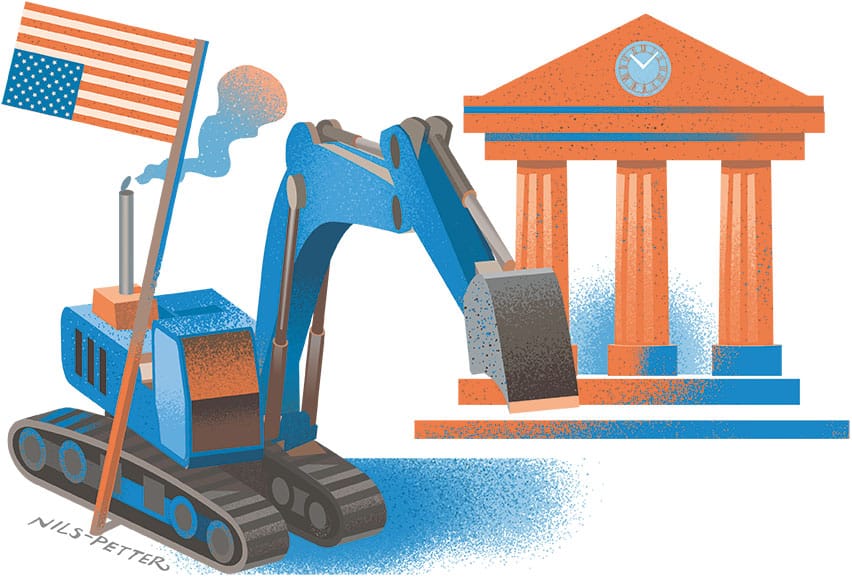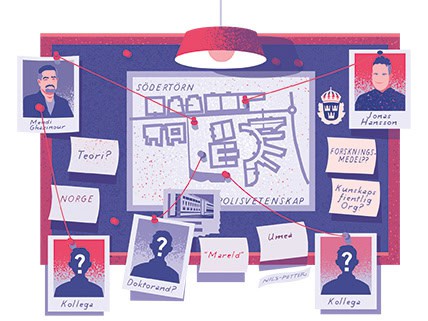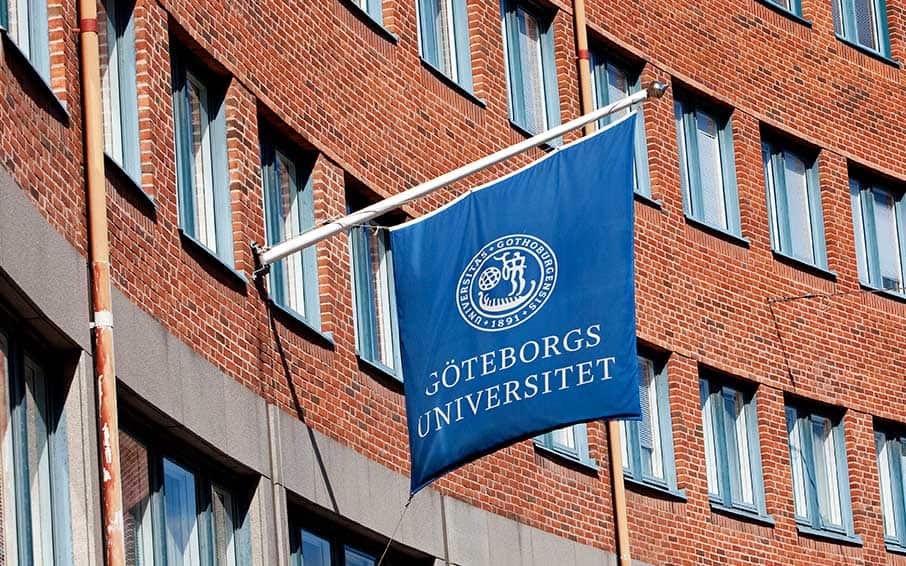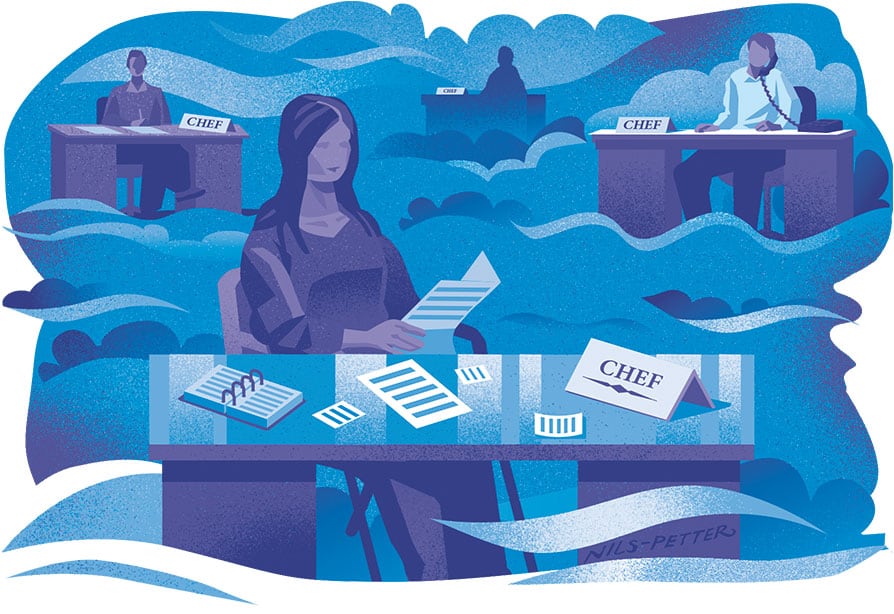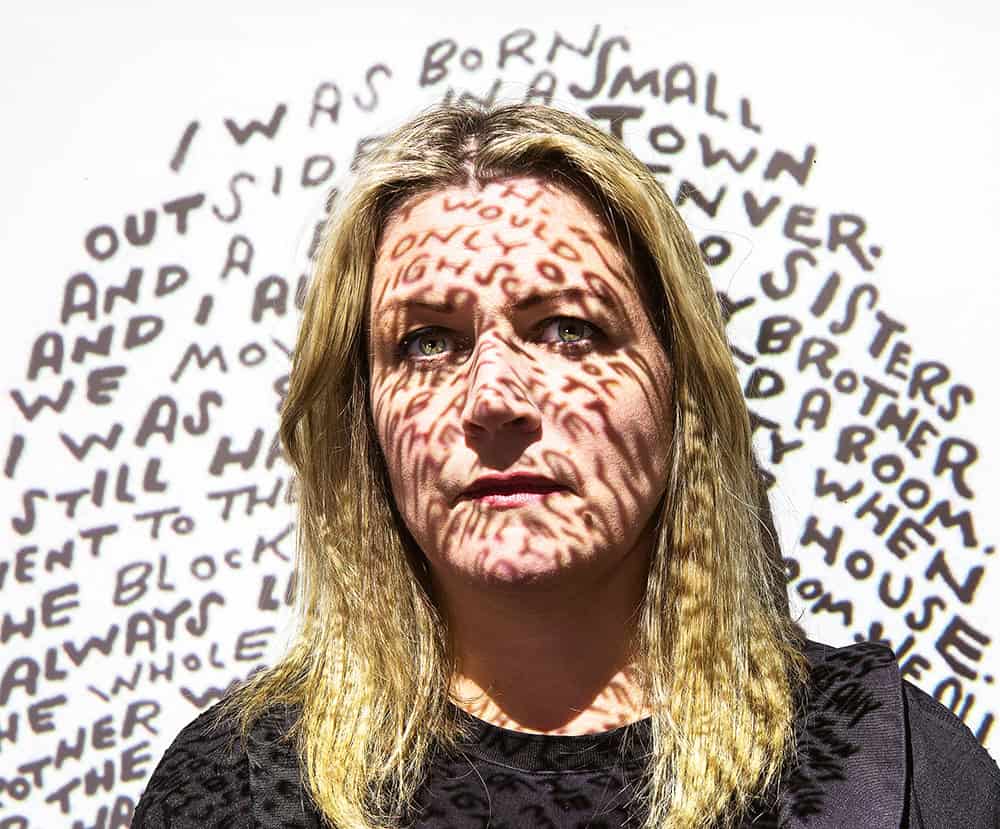When OpenAI launched its new chatbot ChatGPT in December, the debate took off at higher education institutions. Social media forums for higher education issues have seen lively discussion about how teachers should behave if students use a chatbot for assignments.
Used by students
Mikael Wiberg, professor of interaction design and informatics at Chalmers University of Technology and Umeå University, has received such assignments.
“As the use of this kind of AI tool is so new, we have no clearly defined approach or policy for how to handle it,” he says. “It’s not plagiarism, as people have been completely open about having used the tool. However, the rule that it needs to be their own work still applies. So it becomes important to describe the method and process, and to specify what parts of a text were generated by the chatbot.”

One disciplinary matter so far
Recently, Universitetsläraren reported that the Disciplinary Committee at Uppsala University issued a warning to a student who admitted cheating using ChatGPT.
The Disciplinary Committee at Stockholm University has not dealt with any cases related to use of the chatbot. “In the event of cases where it could be proved that answers came from an AI bot, they would be treated as cases of ghostwriting,” says Vice-chancellor Astrid Söderbergh Widding.

No such cases have reached the disciplinary committee at Malmö University yet either. However, some are in the pipeline according to the committee chair, Per Hillbur. “However, we have to accept that the students have access to this tool. The likelihood of us of being able to detect whether they are using a chatbot is small, which makes this an especially difficult issue for us.”
A fine line
In order to determine whether a student has cheated, the use of AI must be put in relation to the instructions for the assignment, says Hillbur. “If it says in the instructions that you are to create a text independently, you have not followed the instructions if you have used a chatbot.”
In cases where the student states that they have used a chatbot, it then becomes a fine line, he believes. “Such a case would be interesting. The student has not tried to hide their process. However, the teacher is free to fail the student for not having followed the instructions.”

Not just cheating
But several people interviewed by Universitetsläraren emphasise ChatGPT is not just a tool that students can use to cheat. Several point out that the chatbot could be used in teaching. Mikael Wiberg takes a programming course as an example. Instead of the students using AI to help them write a number of lines of code, the teacher can do it. “Then you can let the students look at how the syntax is structured and let them discuss it. It saves time for the teacher if they can easily come up with new examples,” he says.
As the debate is rumbles on, Microsoft has announced that it will invest ten billion dollars in OpenAI. The company has already invested three billion since 2019.



